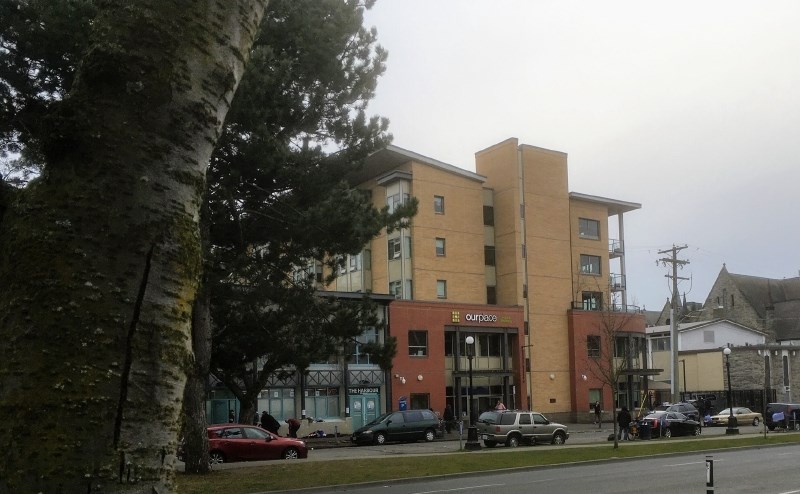Commentary by a social worker working on a masters in health-based social work, who is passionate about examining how policy and system structures affect vulnerable people.
Re: “Victoria’s problems turn away visitors,” letter, Aug. 31.
There has not been any shortage of news surrounding the opioid and housing crisis many residents in Greater Victoria have been facing in recent years. It’s disheartening to see people, such as the letter-writer from Tucson, Arizona, expressing an opinion many others have also aired: that addiction and homelessness should be hidden away, and that we should “move the help centres to areas that tourists and children don’t populate.”
Unfortunately, the letter-writer is not the only one who feels this way.
This opinion is not only damaging to our community, it also perpetuates a narrative that addiction is an individual moral failure, and not a systemic health issue that society needs to address with complex treatment methods.
It is a privileged notion to think that we can solve all of our problems by simply moving services out of the downtown core.
When services are moved to areas that are difficult to access, people don’t or can’t use them. Bus transport is becoming more expensive, so location of services affects whether or not someone will take that step to get there.
Some citizens and tourists might think that Pandora Avenue is an eyesore, but this is a central location for essential services such as food, shelter, financial assistance, access to medications, showers and a community of people looking out for each other.
We are in the midst of a housing crisis, so where would we even find room to relocate these facilities? And would that not only serve to further the gentrification of the downtown so that no one can afford to live there anymore, let alone visit?
World Psychiatry published an article in 2017 by Volkow et al., which stated “we cannot expect to address the public health problem of drug addiction without treating it with the same compassion and commitment that we treat other physical and mental health disorders.” We need these human beings to be visible to the public in order to encourage B.C. government officials and Victoria’s city council to take action in response to the growing need for more suitable housing and addictions services within our community.
With the Oklahoma ruling granting $572 million US to the state to recoup health-care costs associated with the opioid crisis, there’s new hope that as a province we too could see large pharmaceutical companies taking responsibility for their part in this health crisis.
Funds from such lawsuits should be allocated to more projects like Our Place’s Therapeutic Recovery Community, attempting to meet the bio-psycho-social needs of their residents.
It should be allocated towards supportive housing options, drug research and ensuring accessibility to harm-reduction and treatment options for everyone.
None of this can happen if we are hiding away the people that need these services the most. Instead, we are appeasing those privileged individuals who would rather sweep the reality of addiction under the rug for the sake of “Beautiful Victoria.”
Our people are worth more than that.



